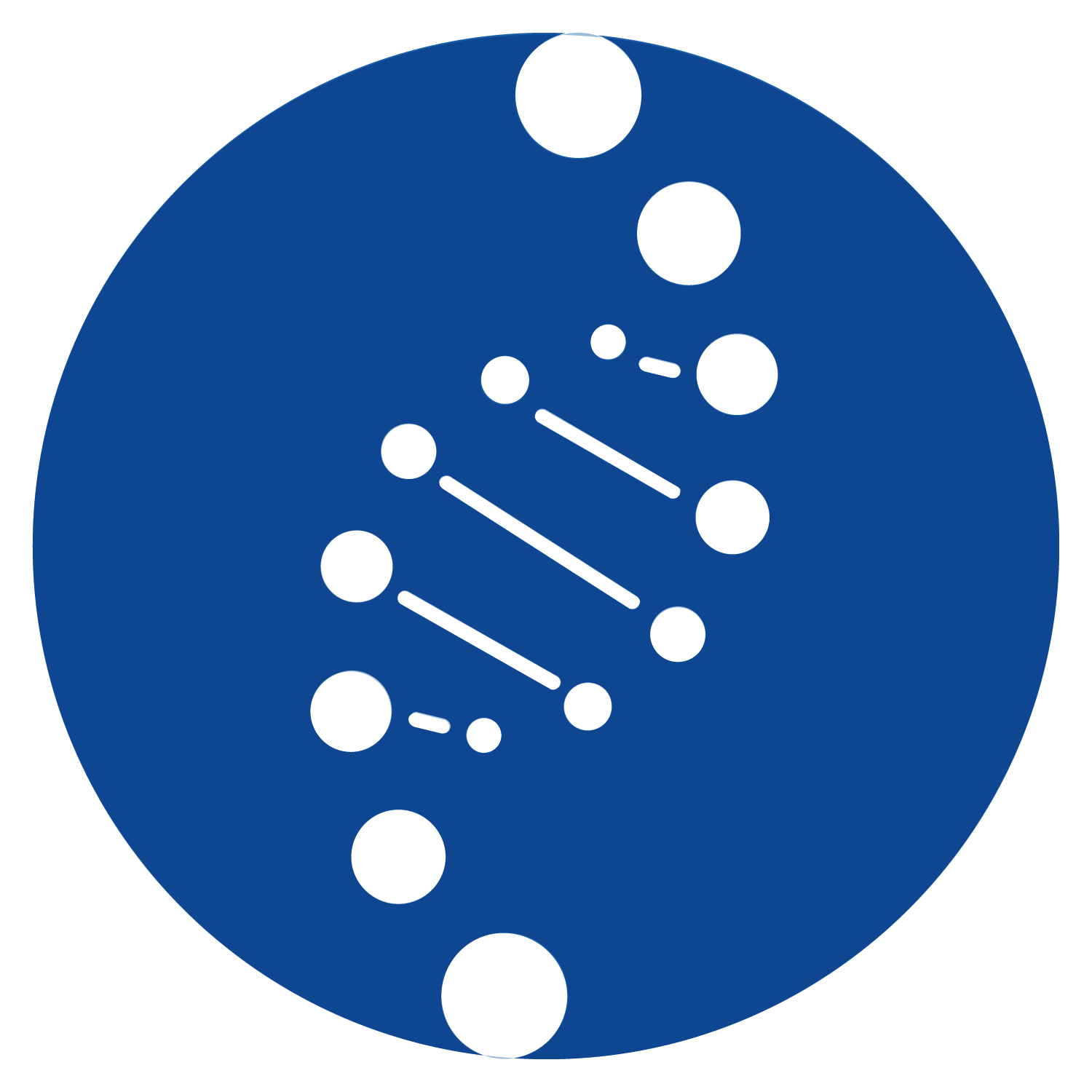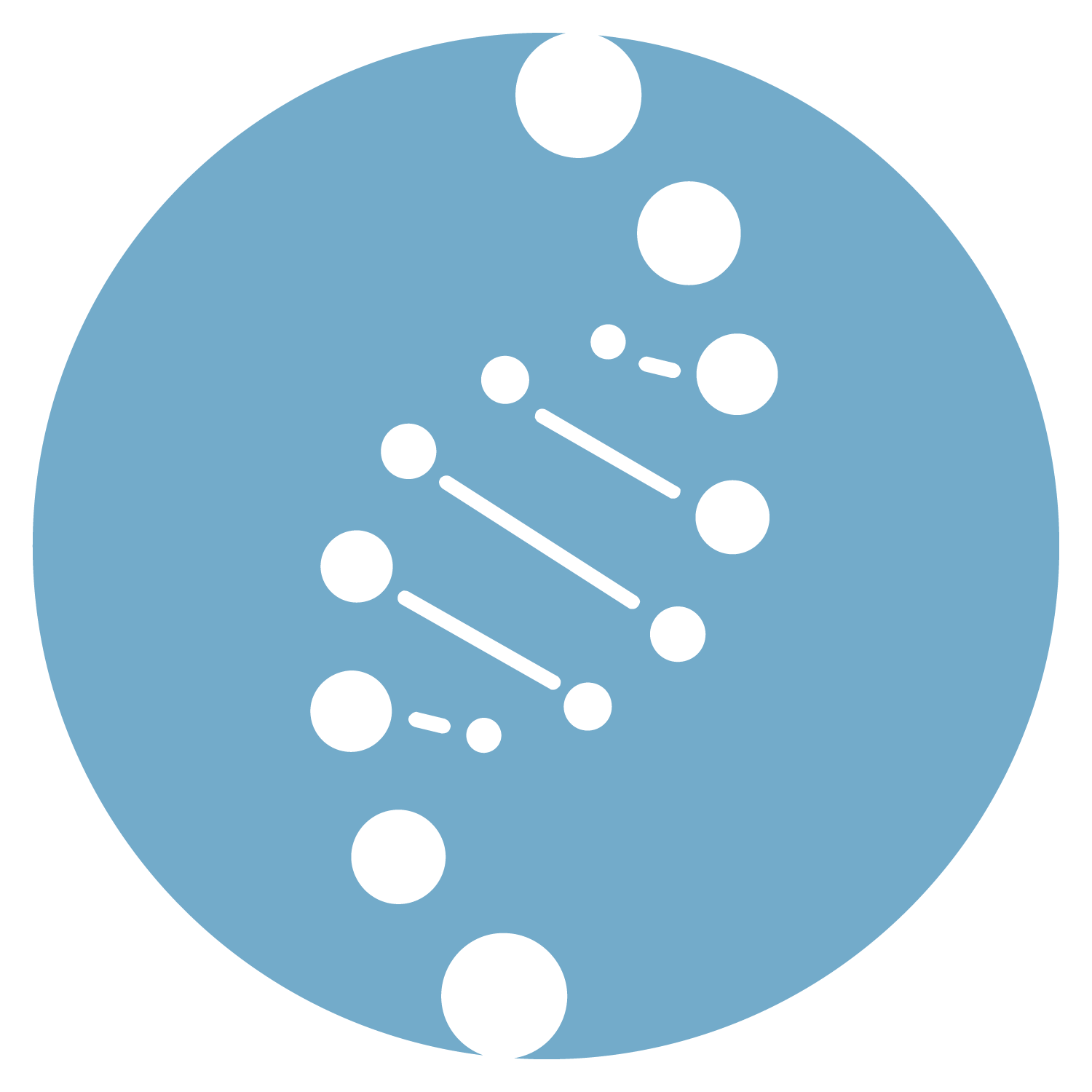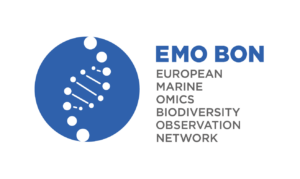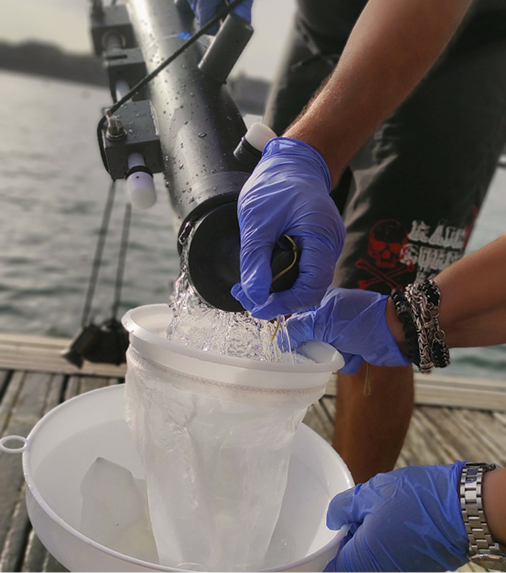
EMO BON Standards and Procedures
Standard Operating Procedures (SOPs)

EMO BON collects samples from various marine habitats — water column, soft substrates, and hard substrates — at regular time intervals by using DNA-based methods. Sampling these three habitat types is critical for increasing our knowledge of the ocean, helping improve projection and developing informed biodiversity management strategies.
With 22 observatories involved in this long-term project, organising and processing samples in a consistent manner is crucial. That’s why EMO BON has created standardised procedures to collect and process samples as well as manage data effectively.
These procedures help avoid biases, and produce standardised, comparable, and FAIR (Findable, Accessible, Interoperable, …
EMO BON collects samples from various marine habitats — water column, soft substrates, and hard substrates — at regular time intervals by using DNA-based methods. Sampling these three habitat types is critical for increasing our knowledge of the ocean, helping improve projection and developing informed biodiversity management strategies.
With 22 observatories involved in this long-term project, organising and processing samples in a consistent manner is crucial. That’s why EMO BON has created standardised procedures to collect and process samples as well as manage data effectively.
These procedures help avoid biases, and produce standardised, comparable, and FAIR (Findable, Accessible, Interoperable, and Reusable) data and metadata, tracked by provenance.
Using shared practices in marine observation helps produce robust and reliable data that can also inform businesses and policymakers and help make evidence-based decisions that will affect the marine environment.
EMO BON’s data packages, sampling logsheets, sequence processing and outputs are openly available on the EMO BON’s data landing page.

EMO BON’s Latest Publications
To use EMO BON’s data in your study, please cite the EMO BON’s publications and relevant data papers and add the following acknowledgement to your publication:
“This work used resources provided by the European Marine Omics Biodiversity Observation Network (EMO BON) project, coordinated by the European Marine Biological Resource Centre – European Research Infrastructure Consortium (EMBRC-ERIC).”
To cite EMO BON, please use the following publication:
Santi I, Beluche O, Beraud M, Buttigieg PL,Casotti R, Cox CJ, Cunliffe M, Davies N,deCerio OD, Exter K, Kervella AE, Kotoulas G, Lagaisse R, Laroquette A, Louro B, Not F,Obst M,Pavloudi C,Poulain J, Præbel K, Vanaverbeke J and Pade N (2023) European marine omics biodiversity observation network: a strategic outline for the implementation of omics approaches in ocean observation. Front. Mar. Sci.10:1118120.doi:10.3389/fmars.2023.1118120a

EMO BON’s data are released regularly and published onto ENA (European Nucleotide Archive), EurOBIS (European Ocean Biogeographic Information System) and EMODNet (European Marine Observation and Data Network).
To find more, visit the EMO BON GitHub repository.


